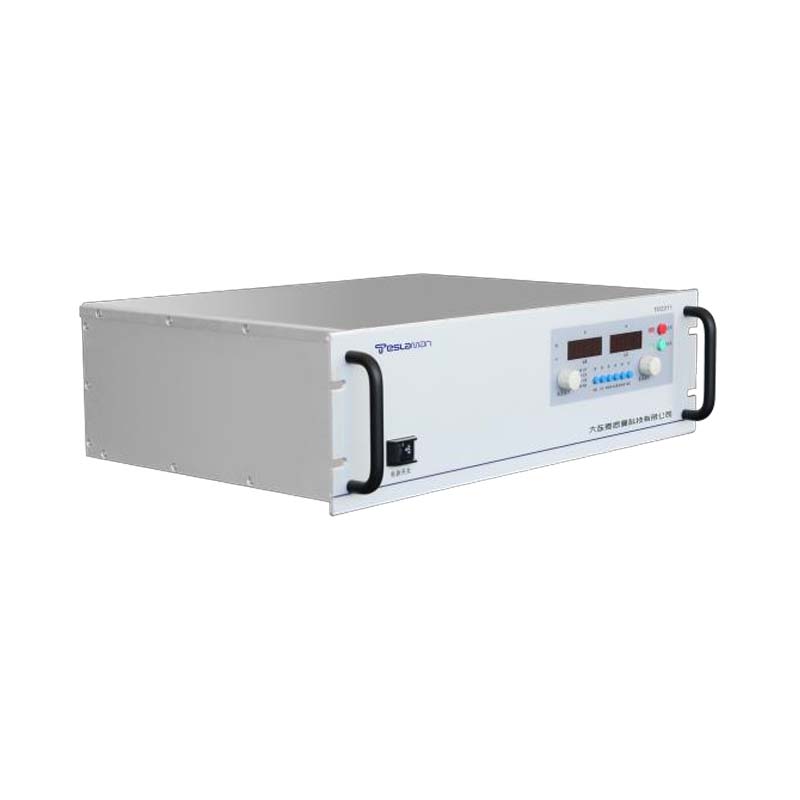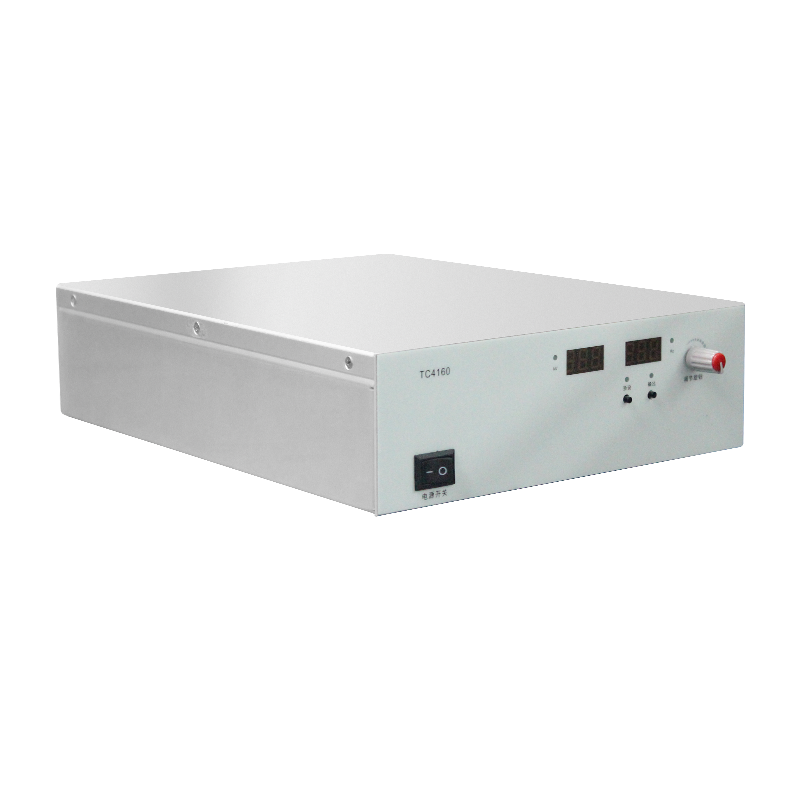The Application of High Voltage Generators in Novel Energy Storage Systems
As the global demand for sustainable energy continues to grow, the research and development of novel energy storage systems have become a focal point of concern for contemporary scientists and engineers. These systems are crucial not only for balancing the intermittency of renewable energy sources but also for advancing the development of key technologies such as electric vehicles and smart grids. Within this technological domain, high voltage generators, as a core component, have an especially broad application prospect. This article aims to delve into the significant role of high voltage generators in novel energy storage systems and the latest advancements in their technological applications.
I. Working Principle and Application Fields of High Voltage Generators
A high voltage generator is a device capable of converting low voltage electrical energy into high voltage electrical energy. It achieves this through advanced electronic technology and precise circuit design, ensuring high efficiency and stability in electrical energy conversion. In novel energy storage systems, the primary function of high voltage generators is to boost the low voltage direct current (DC) output from energy storage units (such as batteries) to high voltage DC, meeting the high voltage platform requirements of the storage system. This conversion process not only enhances the transmission efficiency of electrical energy but also helps reduce energy losses, thereby optimizing the overall system performance.
II. Key Roles of High Voltage Generators in Novel Energy Storage Systems
1. Increasing Energy Storage Density: By employing high voltage generators, multiple low voltage energy storage units can be connected in series to form a high voltage energy storage system, significantly increasing energy storage density. This means that a novel energy storage system can store more energy in the same volume or weight, which is particularly important for improving the driving range of electric vehicles and reducing the footprint of energy storage systems.
2. Optimizing Energy Transmission and Distribution: High voltage generators enable bidirectional energy flow, allowing stored energy to be released back to the grid or load as needed. This flexibility enables novel energy storage systems to better adapt to fluctuations in grid load, achieving optimal allocation and efficient utilization of energy.
3. Enhancing System Safety: Due to the advanced control technology and protective measures incorporated into high voltage generators, they can effectively prevent faults such as overcharge, overdischarge, and short circuits, ensuring the safe and stable operation of novel energy storage systems.
4. Promoting the Development of New Energy Technologies: The application of high voltage generators is not limited to traditional battery energy storage systems; they can also be combined with new energy technologies such as fuel cells and solar cells to jointly promote the development and application of new energy technologies.
III. Latest Developments and Challenges in High Voltage Generator Technology
With continuous scientific and technological advancements, the application of high voltage generator technology in novel energy storage systems is also evolving. On one hand, researchers are working to develop higher-performance high voltage generators to improve efficiency and reduce costs; on the other hand, to meet increasingly diverse application needs, the variety of high voltage generators is also expanding. However, the application of high voltage generator technology in novel energy storage systems still faces some challenges, such as miniaturization, lightweight, and improving withstand voltage capabilities. Addressing these issues requires interdisciplinary collaboration and innovation to drive the continuous advancement and expansion of high voltage generator technology applications.
In conclusion, as a core component of novel energy storage systems, high voltage generators play a significant role in promoting the development of sustainable energy technologies. Through an in-depth analysis of their working principles, key roles, and technological development trends, we can better understand their importance in novel energy storage systems and provide valuable references for future research and applications.




















